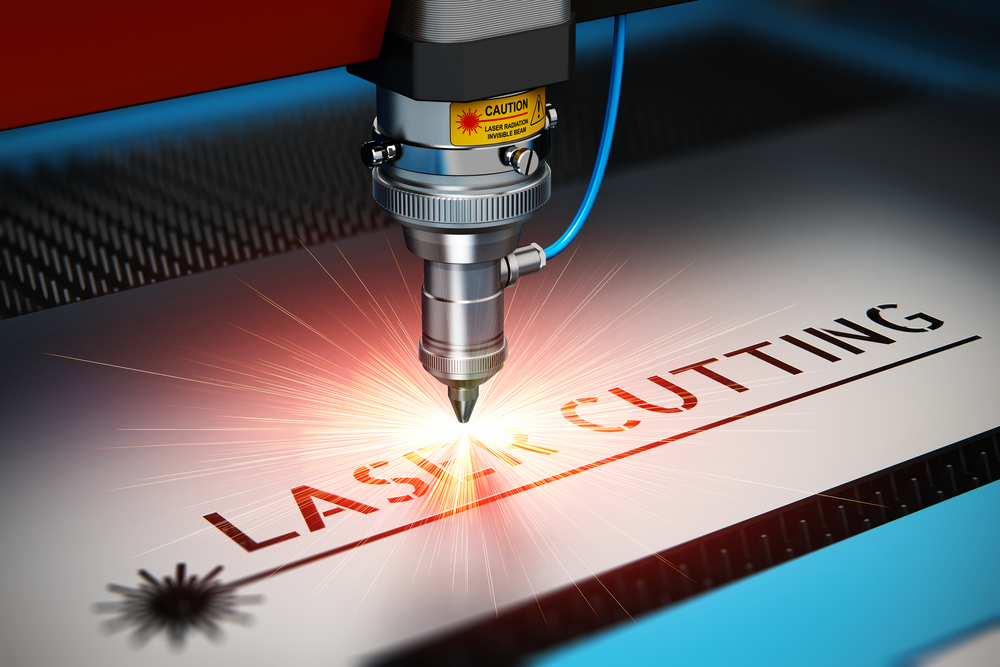
Laser cutting of sheet metal
Cutting sheet metal and steel elements is one of the most important types of processing used in today’s industry and production. So far, several methods have been developed, which differ in the properties offered and the effect of work. One of them is laser cutting. It’s worth taking a closer look at it.
Cutting sheet metal and steel – why laser?
Laser cutting of sheet metal and steel should be considered from several fundamental aspects, which correspond to the most important tasks faced by the cutting techniques used today. The first is cutting accuracy. The important components here are the width of the slot itself, the appearance of the edges (this is especially important in the case of details made of thick sheet metal) and the impact of the process on the material in the cutting area – in the case of laser cutting, it is primarily the effect of temperature. The speed of the process also matters. In today’s production, the winning methods are those that allow the production of many identical details in the shortest possible time. Costs are also important. The cutting technologies currently used differ significantly in this respect. In terms of all these factors, laser cutting allows you to achieve a well-balanced and most profitable result.
Laser cutting of sheet metal and steel – the most important information
Laser cutting is a thermal method. However, it differs significantly from classic cutting with various types of torches. First of all, the laser beam is very thin – in some devices it can be as thin as one micrometer. The significantly higher temperature than in the case of a torch and the simultaneous blowing of molten metal from the gap make the cutting edge exceptionally smooth and free of any traces of molten material. However, high temperature has an impact on the material. Due to the fact that the cutting is fast and the laser beam is very thin, this effect has a limited range. In practice, it is this aspect that determines the minimum sheet thickness for most types of lasers, which is approximately 5 mm. In the case of sheets of this (or greater) thickness, the effect of high temperature is completely negligible. However, in the case of thinner sheets, possible deformations are large enough to affect the quality of the details produced in this way. Due to the high energy consumption, laser cutting is currently more expensive than cutting with torches, but much cheaper than water jet cutting. Taking into account the high speed of work and high precision, it is currently the most profitable method of cutting sheet metal and steel with a thickness ranging from five to three hundred millimeters.
Types of lasers currently used
The classic and most frequently used type of laser used to cut sheet metal and steel is the CO2 laser. It is characterized by average (for laser cutting) accuracy and work speed. The device produces large amounts of heat, which requires the use of advanced refrigeration systems that increase operating costs. A more modern solution is a fiber laser, which uses a much more effective focusing system, which leads to the creation of a laser beam with a smaller thickness and an even higher temperature. Blowing out the molten material is not necessary here, because it is simply evaporated. This type of lasers can be used to cut sheet metal of smaller thickness and made of sensitive alloys. The last type are DDL lasers, which are characterized by even smaller beam thickness and faster operation.
Sources:
https://www.academia.edu/18986134/STAL_JAKOSC_CIECIA_LASEROWEEGO
https://www.academia.edu/26455368/Artykul


 en
en  PL
PL  DE
DE  LT
LT  SV
SV  FR
FR  ES
ES  HU
HU  NO
NO  DK
DK  FI
FI  RU
RU 